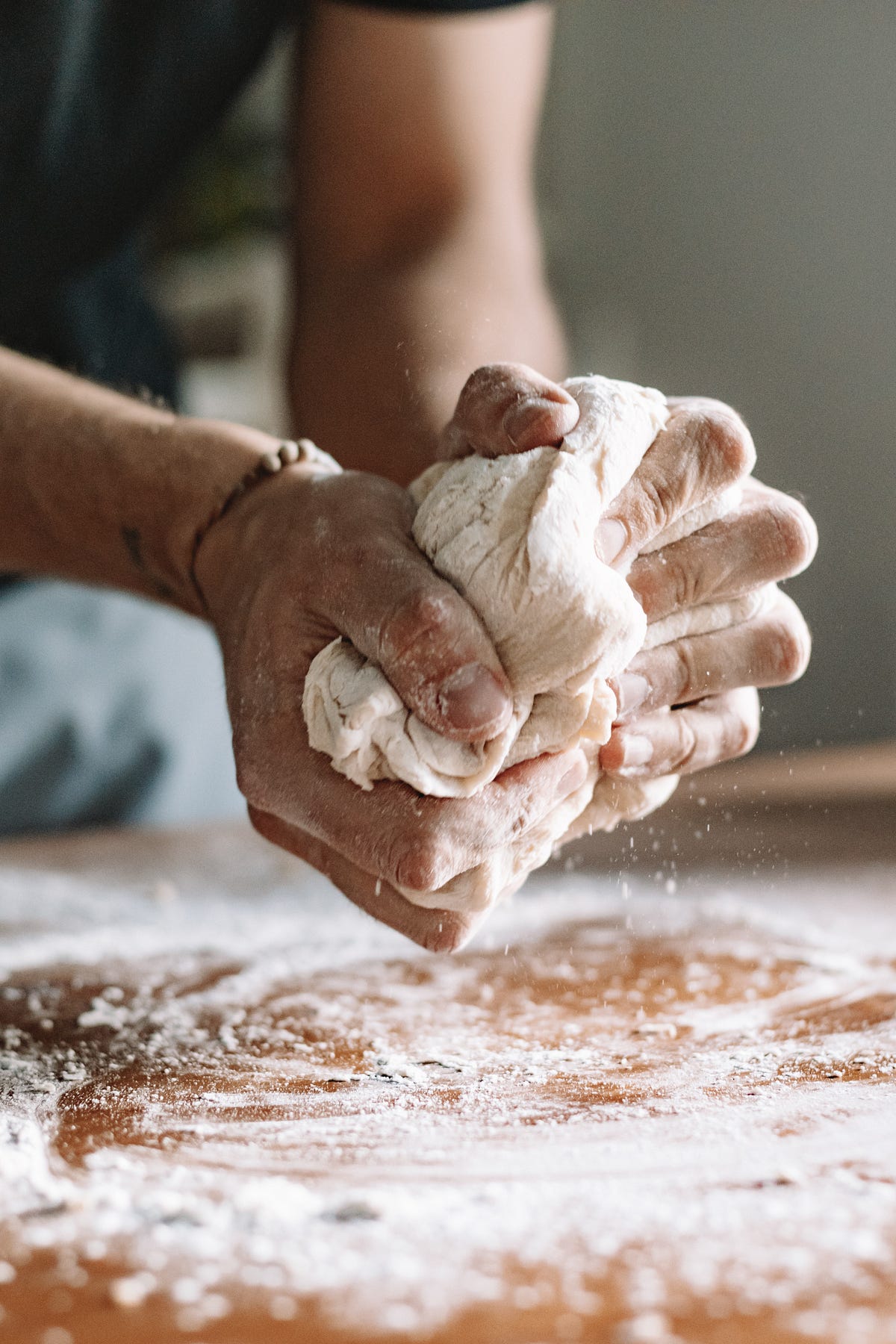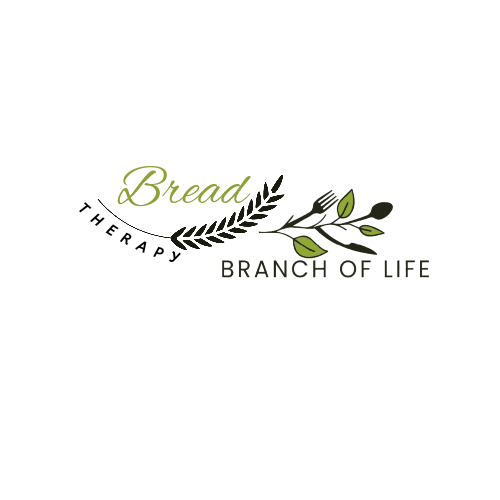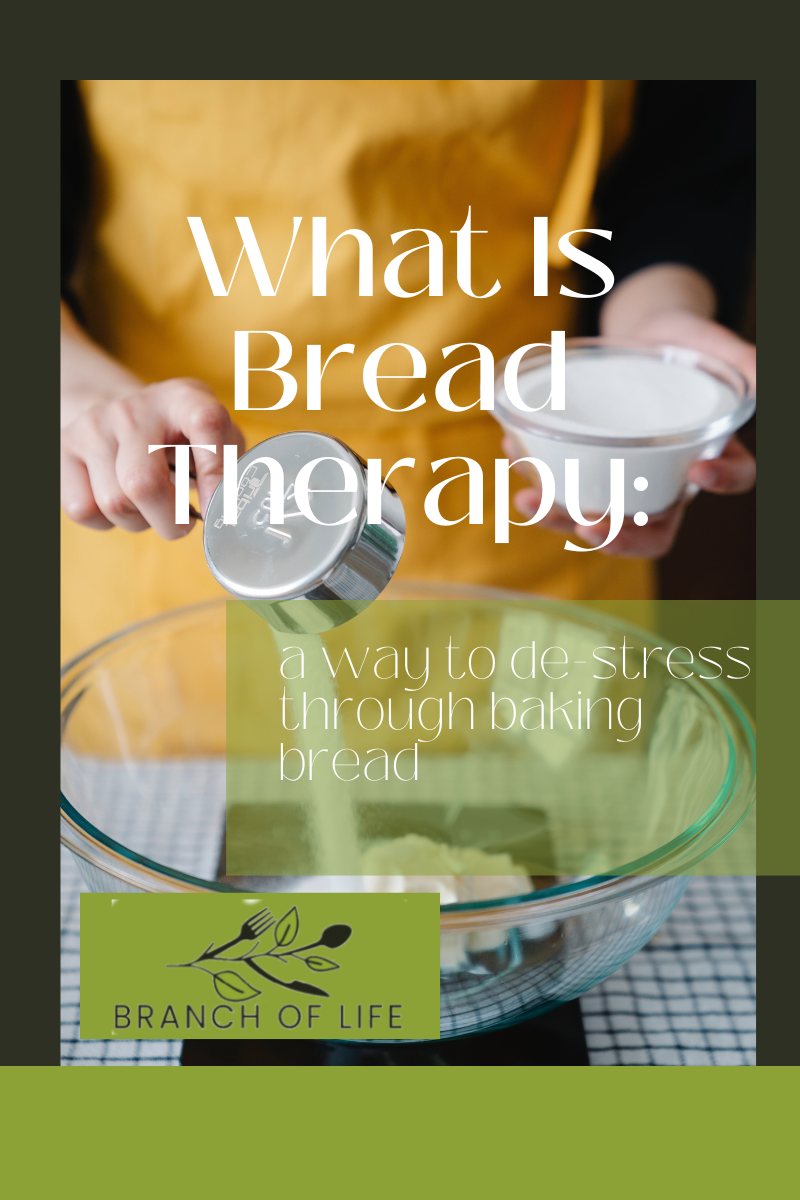Introduction
Bread therapy is a therapeutic practice that uses bread-making as a form of stress relief and self-expression.
With the increasing pace of modern life and growing levels of stress and anxiety, people are seeking new and creative ways to unwind and find inner peace.
Bread therapy is a perfect solution for those looking for a hands-on and calming activity. In this post, we’ll explore the concept of bread therapy and its benefits, examine the different types of bread-making techniques, and provide tips for getting started with bread therapy.
Whether you’re a professional in a high-stress job, a home baker, or simply looking for a new hobby, bread therapy offers a unique and satisfying experience that can help you unwind, de-stress, and find joy in the simple things in life.
What is Bread Therapy?
Bread therapy is a form of therapy that involves using the process of making bread as a way to relieve stress and improve mental health. The repetitive and calming act of kneading dough is said to have a therapeutic effect, while the satisfaction of baking and eating the finished product can boost one’s mood.
Bread therapy is a form of therapy that involves the therapeutic process of baking bread. It can refer to a range of activities including baking bread from scratch, kneading dough, or simply the act of smelling and consuming freshly baked bread.
The idea behind bread therapy is that the repetitive and rhythmic movements involved in the bread-making process can be calming and meditative, reducing stress and promoting relaxation. The act of baking bread can also provide a sense of accomplishment and boost self-esteem. Additionally, the warm, comforting aroma of freshly baked bread can evoke positive memories and emotions.
Bread therapy can be done individually or in a group setting, and can be adapted to suit different needs and preferences. For example, some people may prefer the simplicity of making basic bread, while others may enjoy experimenting with different ingredients and flavors.
Overall, bread therapy is seen as a form of alternative therapy that offers a simple and accessible way to experience the benefits of mindfulness and meditation. It has become popular in recent years as a way for people to manage stress, anxiety, and depression.
 The process of measuring ingredients can provide a sense of accomplishment and satisfaction.
The process of measuring ingredients can provide a sense of accomplishment and satisfaction.
Why is Bread Therapy Important?
Bread therapy can have a significant impact on one’s well-being and happiness. It involves using the act of baking or consuming bread to reduce stress and improve mood.
For consumers, bread therapy provides a simple and accessible way to bring mindfulness and relaxation into their daily routines. The process of measuring ingredients, kneading dough, and watching it rise can provide a sense of accomplishment and satisfaction. Furthermore, the aroma and taste of fresh-baked bread can evoke positive memories and create a sense of comfort.
For professionals in the food industry, understanding the concept of bread therapy can lead to increased customer satisfaction. A study by the American Bakers Association found that 81% of consumers agreed that the smell of freshly baked bread makes them feel happy and relaxed.
In conclusion, incorporating bread therapy into one’s life can have positive effects on mental health and happiness. Whether you are a consumer or a professional, understanding the concept of bread therapy can lead to a more fulfilling and satisfying life.
- Start with the basics: Understand the fundamental principles of bread therapy, such as its purpose and the key ingredients used.
- Practice makes perfect: Regularly making bread can help build confidence and familiarize yourself with the process.
- Stay patient: Making bread can be a slow process, and requires time and effort. Don’t get discouraged if your first few attempts don’t turn out perfect.
- Experiment: Try different recipes and variations to discover what you enjoy and what works best for you.
- Seek guidance: Consider taking a class or reaching out to experienced bread makers for tips and advice on how to improve your skills.
 The repetitive and calming act of kneading dough is said to have a therapeutic effect.
The repetitive and calming act of kneading dough is said to have a therapeutic effect.
Closing
In conclusion, bread therapy can be a simple and enjoyable way to take care of your mental and emotional well-being. Whether you’re baking from scratch, kneading dough, or simply savoring the smell of fresh bread, there’s something inherently therapeutic about this beloved staple food. We hope this post has inspired you to try out bread therapy for yourself and experience its calming benefits.
Don’t forget, taking care of your mental health is just as important as taking care of your physical health. And if you’re looking for more ways to prioritize your well-being, be sure to check us on Instagram and Facebook. We will soon have content on mindfulness exercises to recipes for self-care, we have a wealth of information and inspiration to help you live your best life.
Unwind with us! Watch our video on YouTube and discover how baking bread can soothe stress. Don’t miss out! #BakeForRelaxation”


